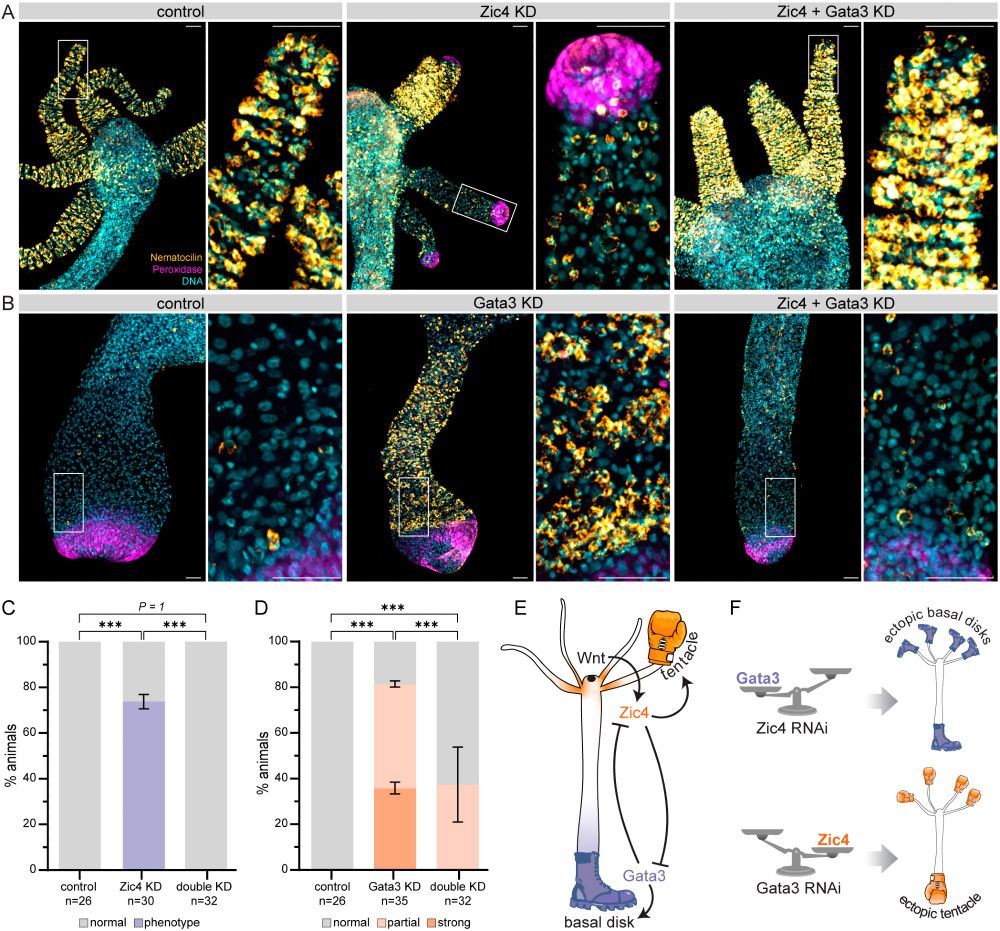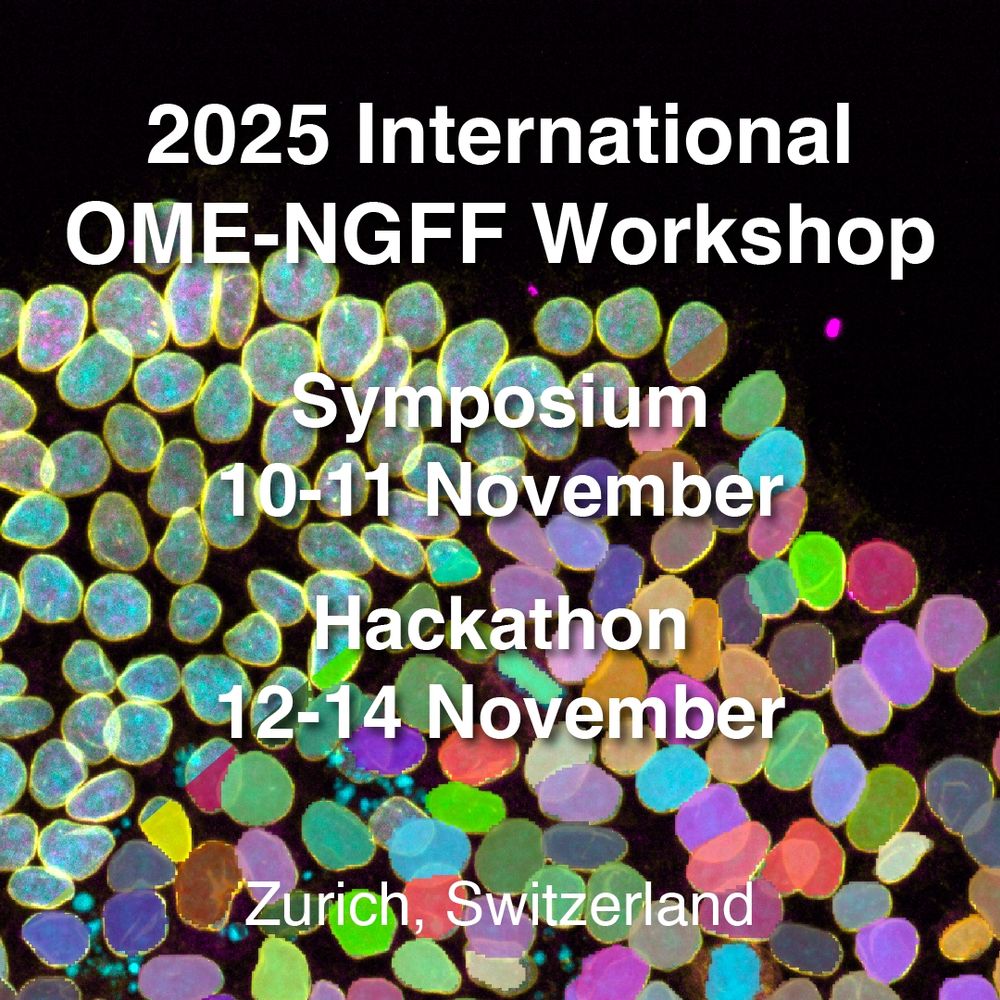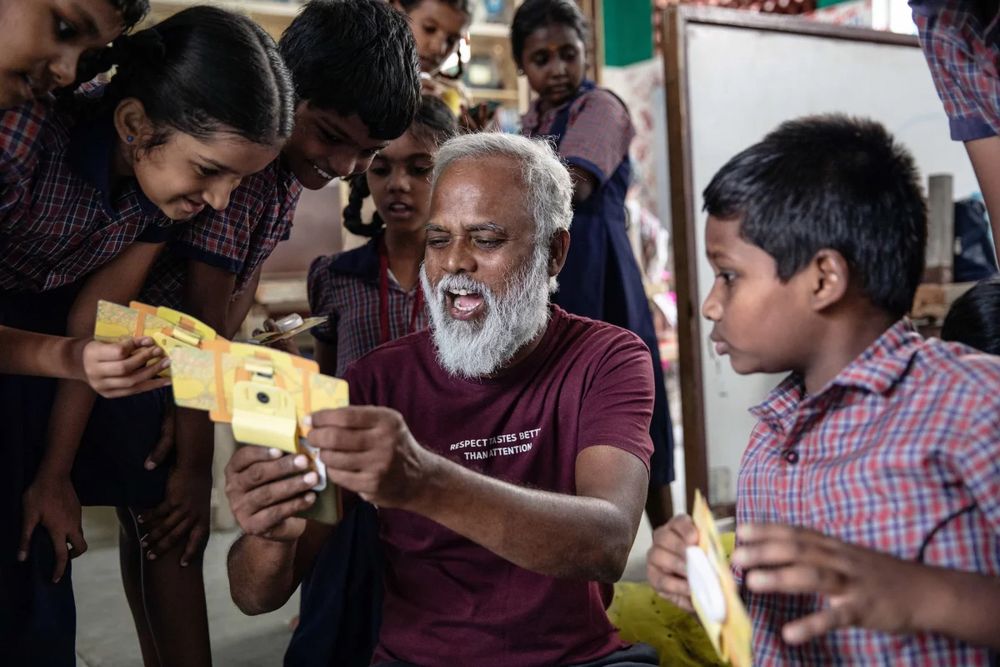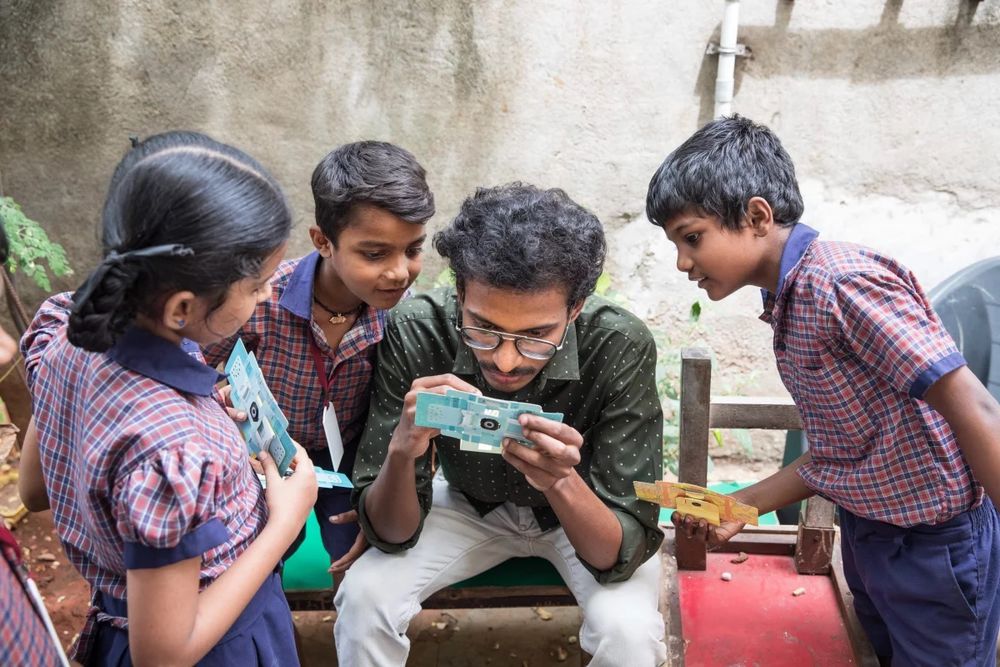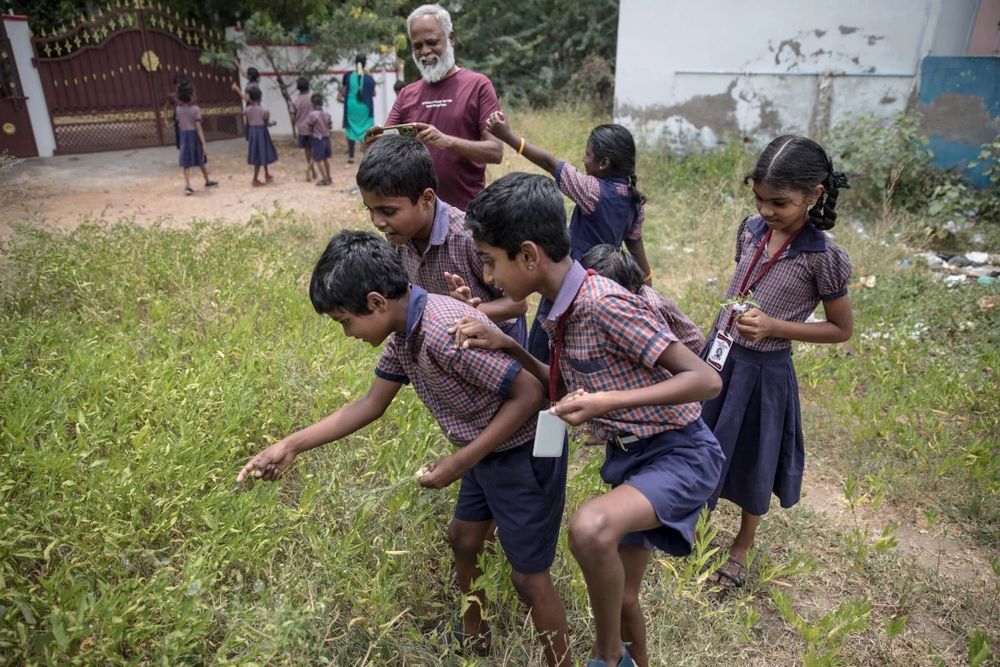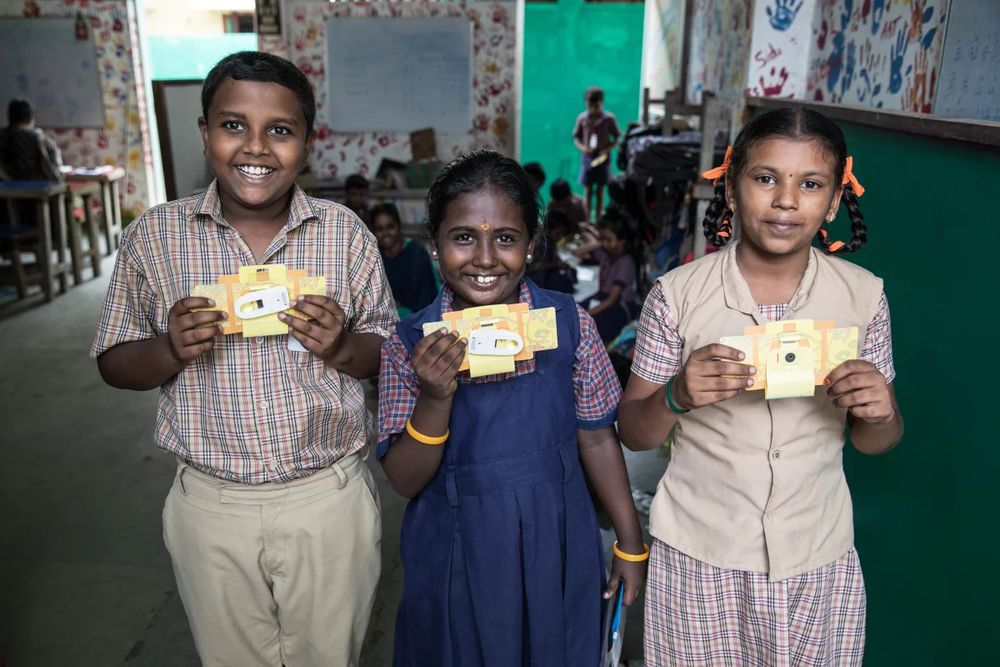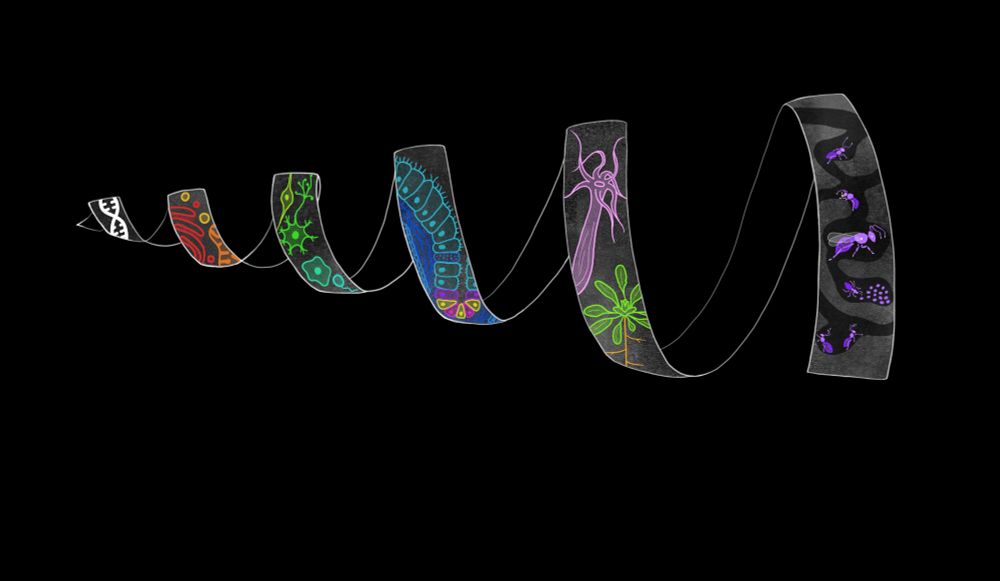Nicole Repina
@nrepina.bsky.social
320 followers
210 following
17 posts
Studying multiscale emergence (cell -> tissue) at FMI Basel
complex systems | 3D shape | morphogenesis | self-organization | philosophy of biology | systems evo-devo | image analysis | illustration
✨ always questioning, forever inspired ✨
Posts
Media
Videos
Starter Packs
Reposted by Nicole Repina
Reposted by Nicole Repina
Reposted by Nicole Repina
Reposted by Nicole Repina
Ben Engel
@cellarchlab.com
· Aug 26
Reposted by Nicole Repina
Reposted by Nicole Repina
Reposted by Nicole Repina
James Briscoe
@jamesbriscoe.bsky.social
· May 29
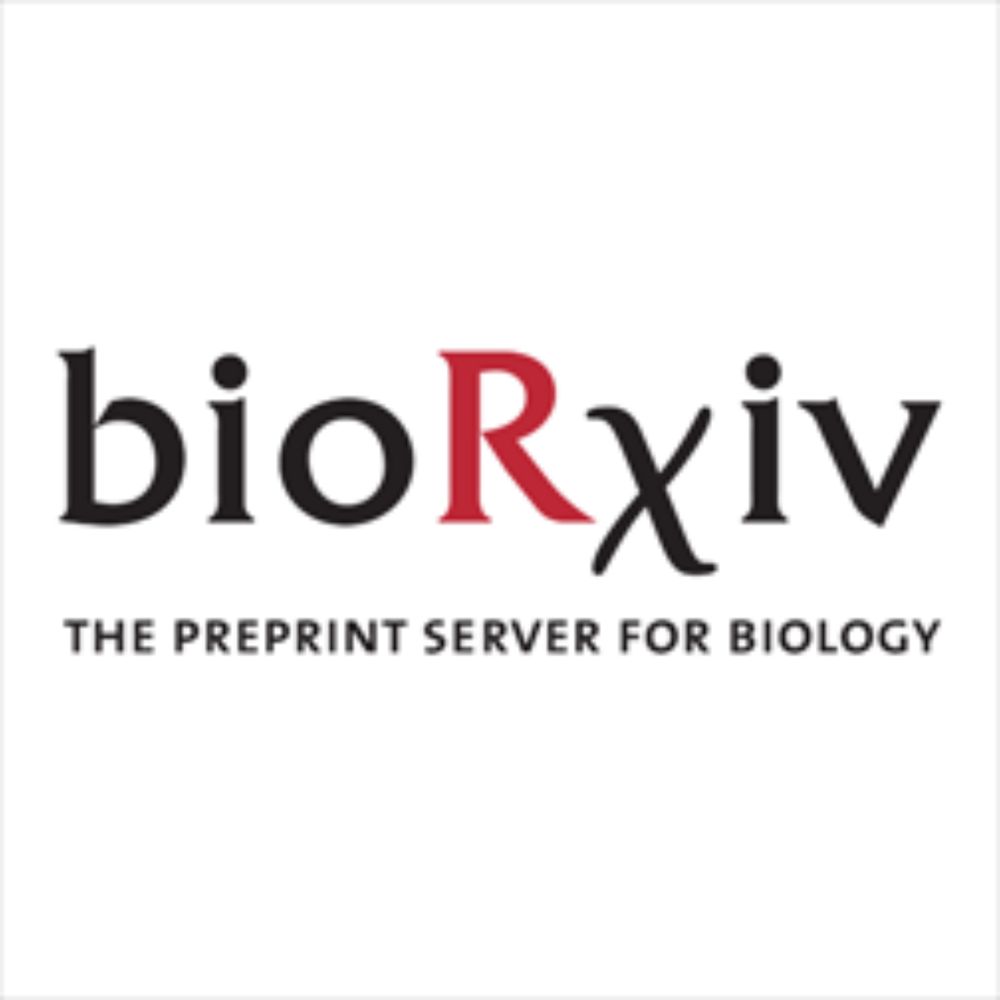
Dynamic Landscape Analysis of Cell Fate Decisions: Predictive Models of Neural Development From Single-Cell Data
Building a mechanistic understanding of cell fate decisions remains a fundamental goal of developmental biology, with implications for stem cell therapies, regenerative medicine and understanding dise...
www.biorxiv.org
Reposted by Nicole Repina
Arthur Michaut 🔬🐣
@amichaut.bsky.social
· May 12

Direct measurements of active forces and material properties unveil the active mechanics of early embryogenesis
Despite progress in probing tissue mechanics, direct long-term measurements in live embryonic epithelia are lacking. This limits our understanding of amniote embryonic morphogenesis, which takes place...
www.biorxiv.org
Nicole Repina
@nrepina.bsky.social
· Jun 6
Reposted by Nicole Repina
Nicole Repina
@nrepina.bsky.social
· Mar 30
Reposted by Nicole Repina
Reposted by Nicole Repina
Reposted by Nicole Repina
Reposted by Nicole Repina
Reposted by Nicole Repina
Reposted by Nicole Repina
Nature
@nature.com
· Feb 12

Topological segregation of stress sensors along the gut crypt–villus axis - Nature
Serotonergic enterochromaffin cells of the intestine exhibit distinct sensory, secretory and physiological properties depending on their location within the complex crypt–villus architecture of the gut.
go.nature.com
Reposted by Nicole Repina
Reposted by Nicole Repina




